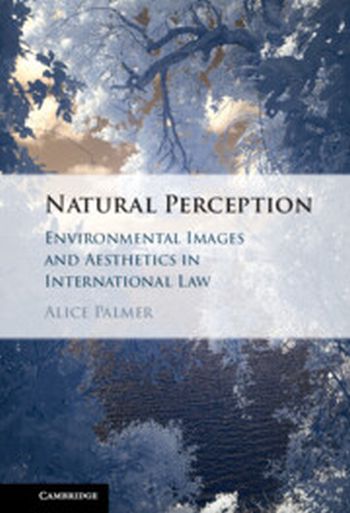
Winner, 2024 Book Prize, Australian and New Zealand Society of International Law
Images of nature abound in the practice of international environmental law but their significance in law is unclear. Drawing on visual jurisprudence, and interpretative methods for visual art, this book analyses photographs for their representations of nature's aesthetic value in treaty processes that concern world heritage, whales and biodiversity. It argues that visual images should be embraced in the prosaic practice of international law. Particularly for treaties that demand judgements of nature's aesthetic value. This environmental value is in practice conflated with natural beauty, ethical and cultural values, and displaced by economic and scientific values. Interpretations of visual images can serve instead to critique and conceive sensory, imaginative and emotional appreciations of nature from different cultural perspectives as proposed by philosophers of environmental aesthetics. Addressing questions of value and the visual, this landmark book shows how images can be engaged by nations to better protect the environment under international law.